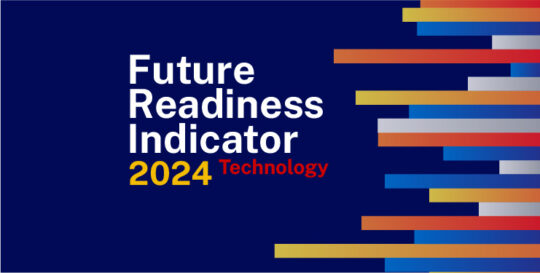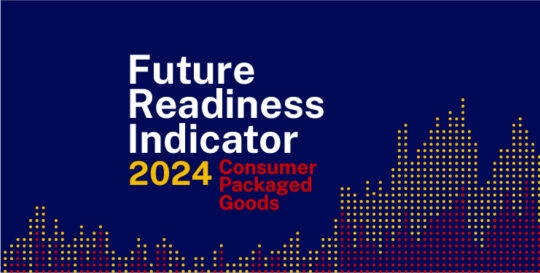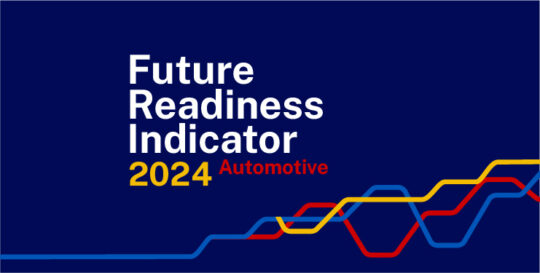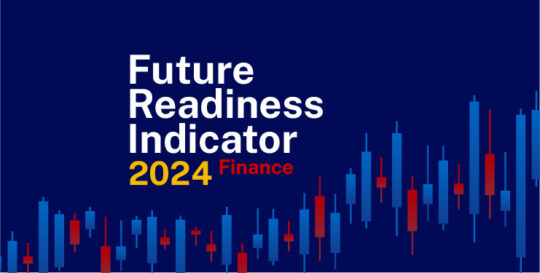IMD business school for management and leadership courses
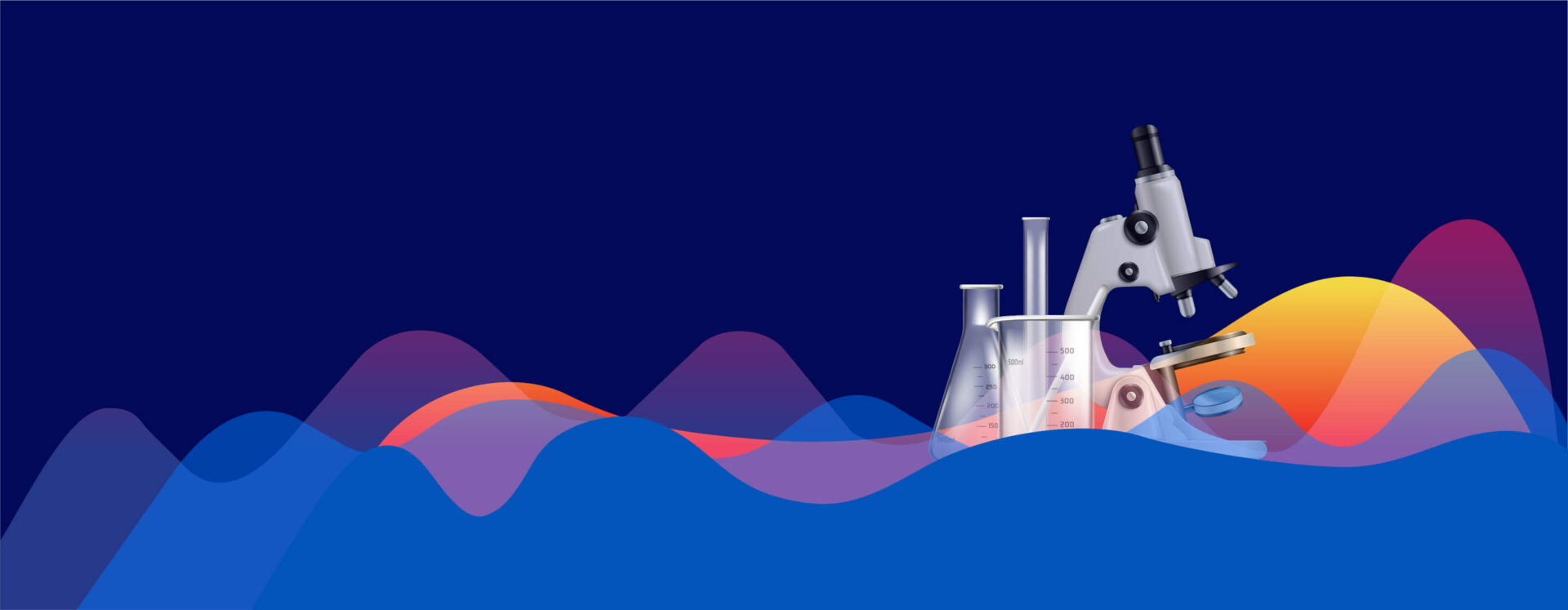

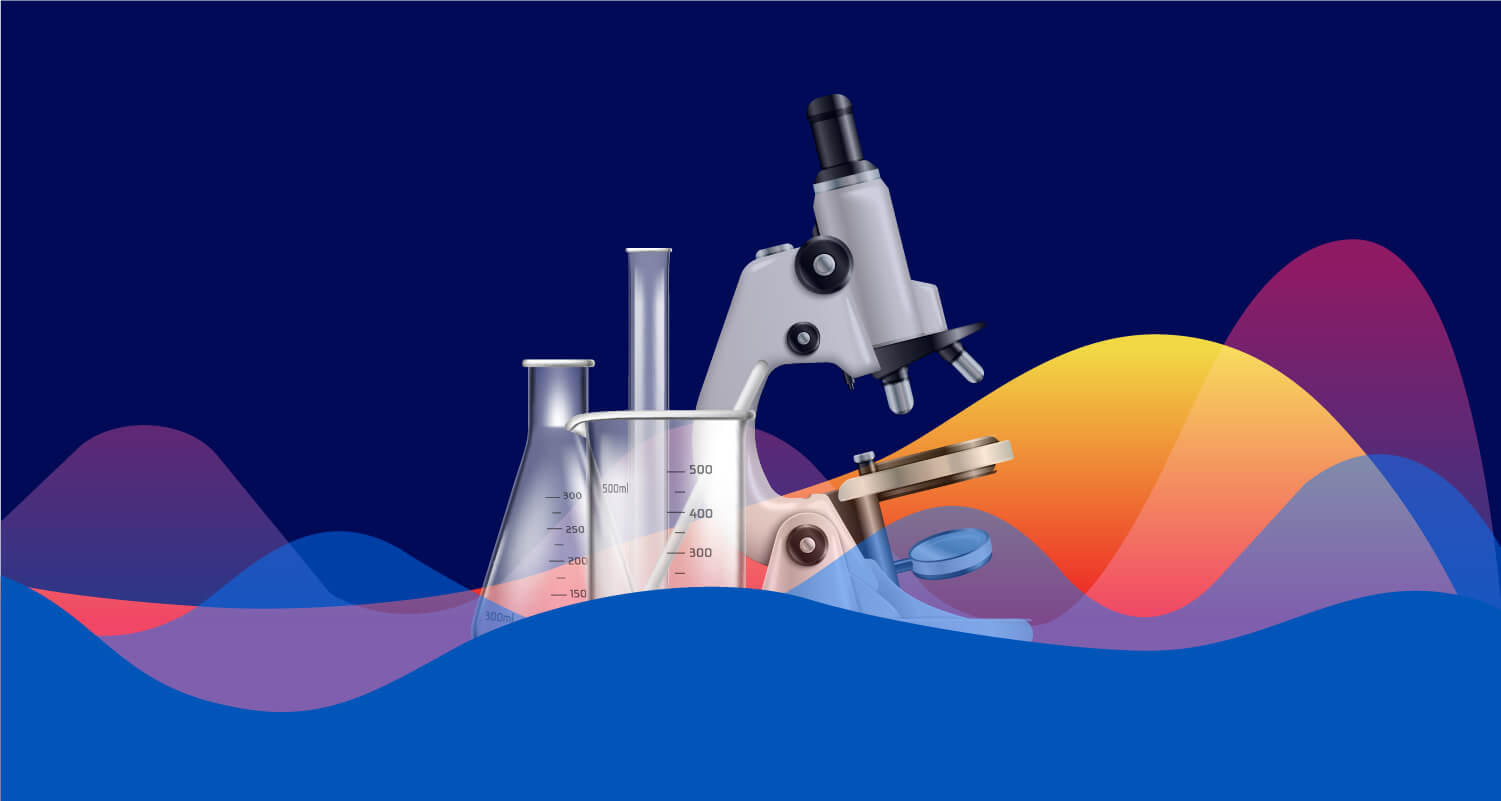
Future Readiness Indicator
Pharma’s diverging paths in 2025: How AI, precision medicine, and GLP-1 drugs are defining market leaders and laggards
The analysis of the 2024 Pharmaceutical Future Readiness Indicator reveals that the sector faces a crossroads; what will determine future leaders is their strategic foresight and ability to innovate and ensure that they remain relevant.
- Global pharmaceutical companies are investing over $200bn in R&D, with clear performance gaps emerging between market leaders and traditional players.
- Top performers (Roche, Novo Nordisk, Eli Lilly, AstraZeneca, and Novartis) demonstrate AI adoption, exceptional R&D effectiveness, and pipeline strength.
- AI integration is transforming drug discovery and the success of GLP-1 medications has reshaped the industry landscape.
R&D, robust pipeline management, and effective capital allocation sets top performers apart
Our analysis of the top 24 global pharmaceutical companies reveals distinct performance clusters, with clear patterns differentiating market leaders from underperformers. The data shows a widening gap between innovative leaders and traditional players, with the top performers excelling through strong R&D capabilities, robust pipeline management, and effective capital allocation.
Pharma leaders are devising strategies to catch the next wave of value creation. They are investing over $200bn in R&D and bringing breakthrough therapies to millions of patients worldwide, amid uncertain macroeconomics and evolving industry trends. To thrive in this dynamic setting, industry leaders are focusing on several key trends:
1. Integration of artificial intelligence (AI) in drug discovery and development
AI is revolutionizing pharmaceutical research and development by enhancing drug discovery processes, optimizing clinical trial designs, and predicting patient responses. Companies are leveraging AI to accelerate the identification of viable drug candidates and to streamline development pipelines, thereby reducing time-to-market and associated costs. For instance, Eli Lilly’s partnership with OpenAI aims to harness generative AI for developing novel antimicrobials, addressing the critical issue of antimicrobial resistance.
2. Expansion of personalized and precision medicine
Advancements in genomics and biotechnology are enabling the development of therapies tailored to individual patient profiles. Pharmaceutical companies are investing in personalized medicine approaches to improve treatment efficacy and patient outcomes. This shift necessitates robust data analytics capabilities and collaboration with healthcare providers to integrate personalized treatments into standard care practices.
3. Navigating regulatory changes and market access
The regulatory landscape is evolving, with increased scrutiny of drug pricing, market access, and reimbursement models. Pharmaceutical companies must adapt to these changes by engaging with policymakers, demonstrating the value of their therapies, and exploring innovative pricing strategies to ensure patient access while maintaining profitability.
4. Strengthening supply chain resilience
The remarkable success of GLP-1 medications, a class of medications that help manage blood sugar levels in people with Type 2 diabetes (some GLP-1 agonists can help treat obesity), has reshaped the industry landscape. Companies like Novo Nordisk and Eli Lilly have seen extraordinary growth in this segment. However, it also highlighted vulnerabilities in pharmaceutical supply chains resulting in some companies investing in technologies and strategies to enhance supply chain transparency, flexibility, and resilience. This includes adopting digital tools for real-time monitoring and predictive analytics to anticipate and mitigate potential disruptions.
5. ESG integration
There is a growing emphasis on sustainability within the pharmaceutical industry. Companies are implementing strategies to reduce their carbon footprint, minimize waste, and ensure responsible sourcing of raw materials. They are also prioritizing Diversity, Equity, and Inclusivity (DE&I) initiatives within their organizations and in clinical research. This commitment ensures that diverse populations are represented in clinical trials, leading to more comprehensive data and equitable healthcare outcomes.
Top performers (Score > 90)
The leading cluster, consisting of Roche (100), Novo Nordisk (98.7), Eli Lilly (95.1), AstraZeneca (94.4), and Novartis (93.2), demonstrate several distinctive characteristics:
- Research excellence: These companies consistently rank in the top quartile for R&D effectiveness, with Roche leading the pack with a perfect score in both R&D and early innovation metrics.
- Financial discipline: Despite heavy R&D investments, they maintain strong financial fundamentals, particularly evident in Novo Nordisk’s balanced approach (77.6 in financial fundamentals).
- Pipeline strength: The group dominates in pipeline quality, with Roche and AstraZeneca scoring 100 and 88.6 respectively in pharma pipeline metrics.
Mid-tier performers (Score 60-85)
The middle cluster, including Johnson & Johnson (85.1), Bristol-Myers Squibb (84.3), and Merck & Co (74.6), shows:
- Operational stability: Solid but not exceptional performance across most metrics.
- Mixed innovation results: Generally strong R&D scores but lower early innovation success rates.
- Business model transition: Many are actively working to shift from traditional pharmaceutical models to more innovative approaches.
Underperformers (Score < 50)
The bottom cluster exhibits:
- Innovation gap: Consistently lower scores in R&D and pipeline metrics.
- Financial pressure: Weak financial fundamentals which affect their ability to invest in future growth.
- Scale challenges: Generally smaller market presence and limited portfolio diversity.
A deeper analysis of the top winners among the 2024 pharmaceutical rankings reveals several strategic tensions and challenges that they still need to work on. The success of GLP-1 receptor agonists has propelled Novo Nordisk and Eli Lilly into leadership roles within the pharmaceutical sector. While this rapid growth offers strategic opportunities, it also brings challenges that need effective management for long-term sustainability.
Valuation pressures
Eli Lilly‘s high price-to-earnings (P/E) ratio has surpassed those of major tech firms, signaling potential market exuberance. This creates pressure to deliver short-term results, which risks diverting focus from sustainable, long-term strategies and R&D investment. Elevated valuations also increase the risk of sharp corrections, potentially undermining investor confidence.
To mitigate these risks, Eli Lilly must align market expectations with realistic growth prospects. Balancing short-term performance with long-term R&D investment is essential for creating lasting value.
Balancing access and profitability
Rising healthcare costs and increased regulatory scrutiny require balancing profitability with drug accessibility. The high cost of GLP-1 therapies has raised concerns, attracting regulatory attention. If perceived as prioritizing profits over patient welfare, companies risk governmental intervention, such as price controls or promotion of generics.
To avoid reputational damage and regulatory backlash, companies need patient-friendly pricing strategies. Engaging with regulators and healthcare groups can help reconcile profitability with social responsibility, enhancing trust and public perception.
Innovation pipeline management
The mRNA vaccine experience, particularly with Pfizer, highlights the risks of over-promising new technologies. The gap between scientific discovery and commercial viability often takes longer than anticipated, underscoring the need for realistic timelines and careful expectation management.
Companies must set achievable R&D milestones and communicate transparently to stakeholders. Flexibility in R&D strategy is crucial for adapting to new information and sustaining investor confidence.
Portfolio diversification
Top performers like Roche demonstrate the importance of a diversified portfolio. Roche’s balanced approach mitigates risks tied to market volatility. To reduce risks, companies must diversify their R&D investments and explore partnerships to broaden their therapeutic offerings, ensuring resilience and consistent growth.
Outlook
The pharmaceutical industry stands at a transformative juncture, where innovation, resilience, and strategic foresight will determine the future leaders. Companies that can master the balance between technological breakthroughs, patient access, and sustainable growth will not only navigate the industry’s complexities but redefine what is possible in healthcare.

